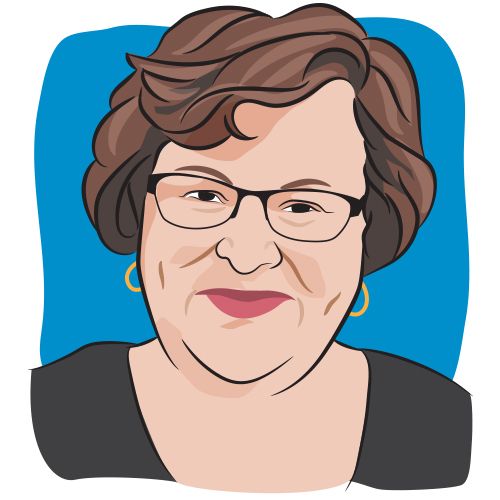Blog
Article
How Cancer Bracelets Can Help Spread Awareness
Author(s):
I bought 14 precious cancer bracelets in a discount store to help spread awareness about cancer — something I’m ready to speak out about.

I’ve never been one for pink cancer paraphernalia, but recently I was shopping at a local discount store, and I saw these beautiful glass-beaded bracelets. The beads were clear, and they had the pink cancer ribbon painted on them. I was instantly drawn to them. I picked one up and checked the price. One side of the tag said $12.99, and the other side read 99 cents. Like I stated above, this was a discount store. I knew I wanted one. In fact, I wanted all of them. I pulled the six bracelets off the hanger. One for me and five for the cancer center in our town. At that price, I could afford as many as they had. I asked a salesperson if there were more in the back. There weren’t. I paid for the bracelets, took the tag off one and put it on. It looked perfect on my wrist.
For once in my life, I wanted to tell the world that I had cancer; that I supported those with cancer and most importantly, that cancer was a huge part of my existence. I guessed I was proud that I’d survived the horror of the experience.
The best thing about the discount store was that it belonged to a chain of stores in my town and the surrounding area. I knew if this store had these bracelets, the other stores might have them too. So, I drove to the nearest sister store to see if I could find any pink glass bracelets. But I was out of luck. This second store didn’t carry them either. I decided to call the other stores instead of using up all the gas in my tank. I called the store in Kent, Ohio. Bingo! They had eight bracelets. I asked them if they’d hold them for me.
I drove up to Kent and bought the eight bracelets which, again, were only 99 cents apiece.
The next day, I could hardly wait to drop the cancer bracelets off at the cancer center. I drove over and went in, planning to make a monetary donation as well as the donation of the little glass baubles.
I was greeted sweetly by the woman at the desk.
We caught up with each other, and then I said, “I found these neat bracelets, and I wondered if you’d like them.”
I pulled them out of a plastic bag.
“Oh, they’re adorable,” she said. “We’d love them.”
“Just don’t give them to children because they’re glass, and someone might get hurt.”
“No, I have the perfect idea for them. We’ll put them in the wig room, and people can take one along with their wig.”
One of the things that our cancer center did was fitted and supplied people for wigs for no charge.I was happy the bracelets would go to good use there.
Then, I made my monetary donation and was on my way. I felt like my time, talent and treasure had been put to good use.
It’s been a week since my trip to the cancer center. I’m still wearing the glass-beaded bracelet. Haven’t taken it off. I’m planning to wear it when I teach. I know people will ask me about it, and I plan to tell a little bit of my story when they do. I am certainly aware of cancer, and my cancer awareness bracelet will help others to be aware too.
While I’ve written about my cancer for years, I haven’t “advertised” that I had cancer in my life off the page. Now, with the purchase of this beautiful bracelet, I’m ready to do so. I see the precious jewelry as a conversation starter. Who knows where and how the knowledge will affect people?
I’m not sure, but I’m ready to begin the discussion.
For more news on cancer updates, research and education, don’t forget to subscribe to CURE®’s newsletters here.




